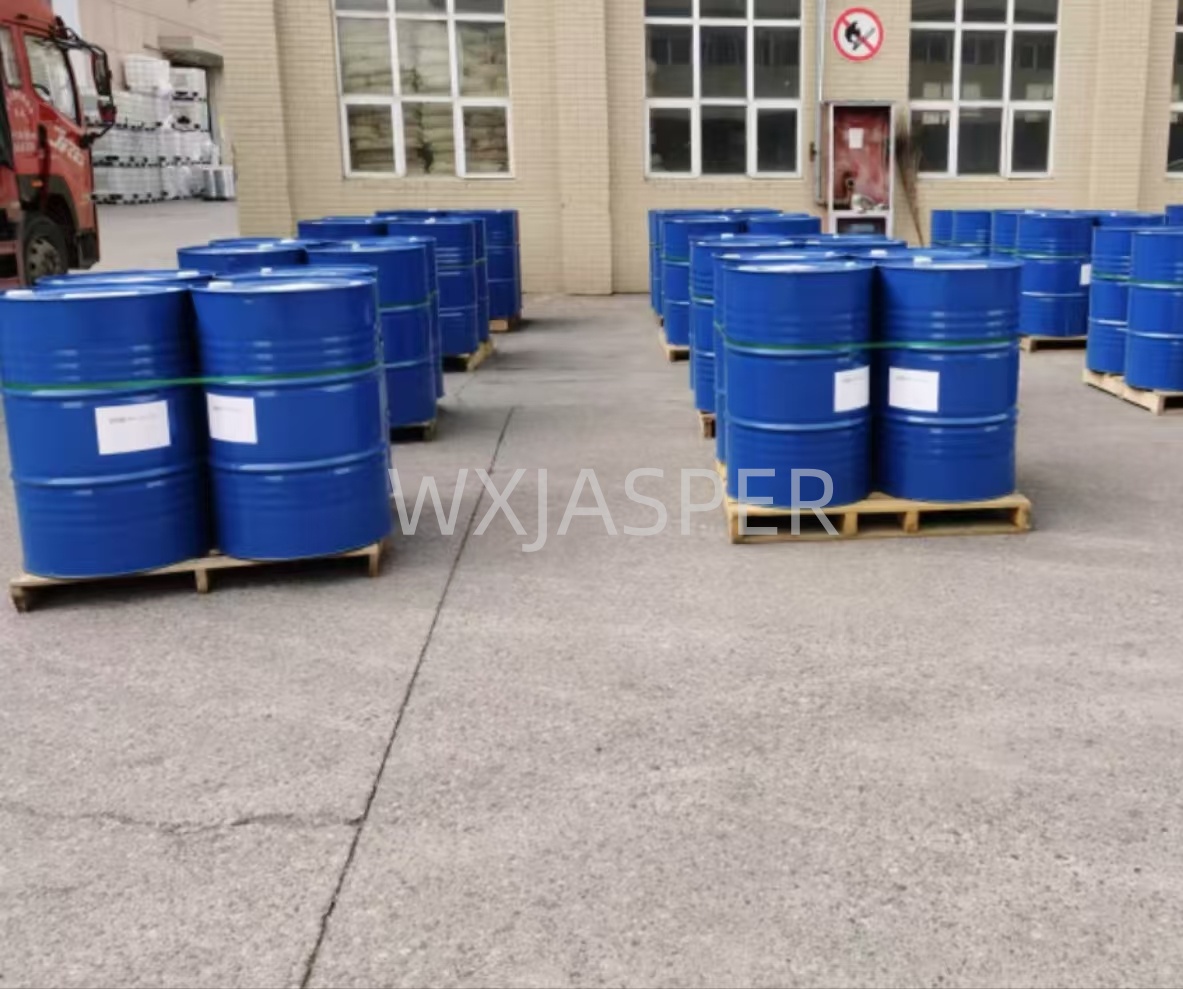Your Location:Home > Products > Solvents > Ethylamine



CasNo: 75-04-7
MF: C2H7N
Appearance: liquid
Delivery Time: 15 days
Packing: 200kg/drum
Purity: 70%
Typical industrial-grade 70% Ethylamine adheres to the following quality standards (for reference only; specific indicators may vary by manufacturer):
| Quality Indicator | Specification Range | Description |
|---|---|---|
| Ethylamine Content | 70.0%–72.0% | Core active component; content directly affects the efficiency of downstream reactions. |
| Ammonia (NH₃) Content | ≤0.15% | By-product of synthesis; excessive content may interfere with pharmaceutical/pesticide intermediate reactions. |
| Diethylamine Content | ≤0.15% | Impurity amine; high levels can reduce the purity of target products. |
| Triethylamine Content | ≤0.07% | Trace impurity; stricter control required for high-purity application scenarios (e.g., pharmaceutical synthesis). |
| Ethanol Content | ≤0.07% | Residual solvent from raw materials; excessive content may affect reaction selectivity. |
| Water Content | ~30% | Diluent in the aqueous solution; content is inversely proportional to ethylamine content (controlled to maintain 70% ethylamine concentration). |